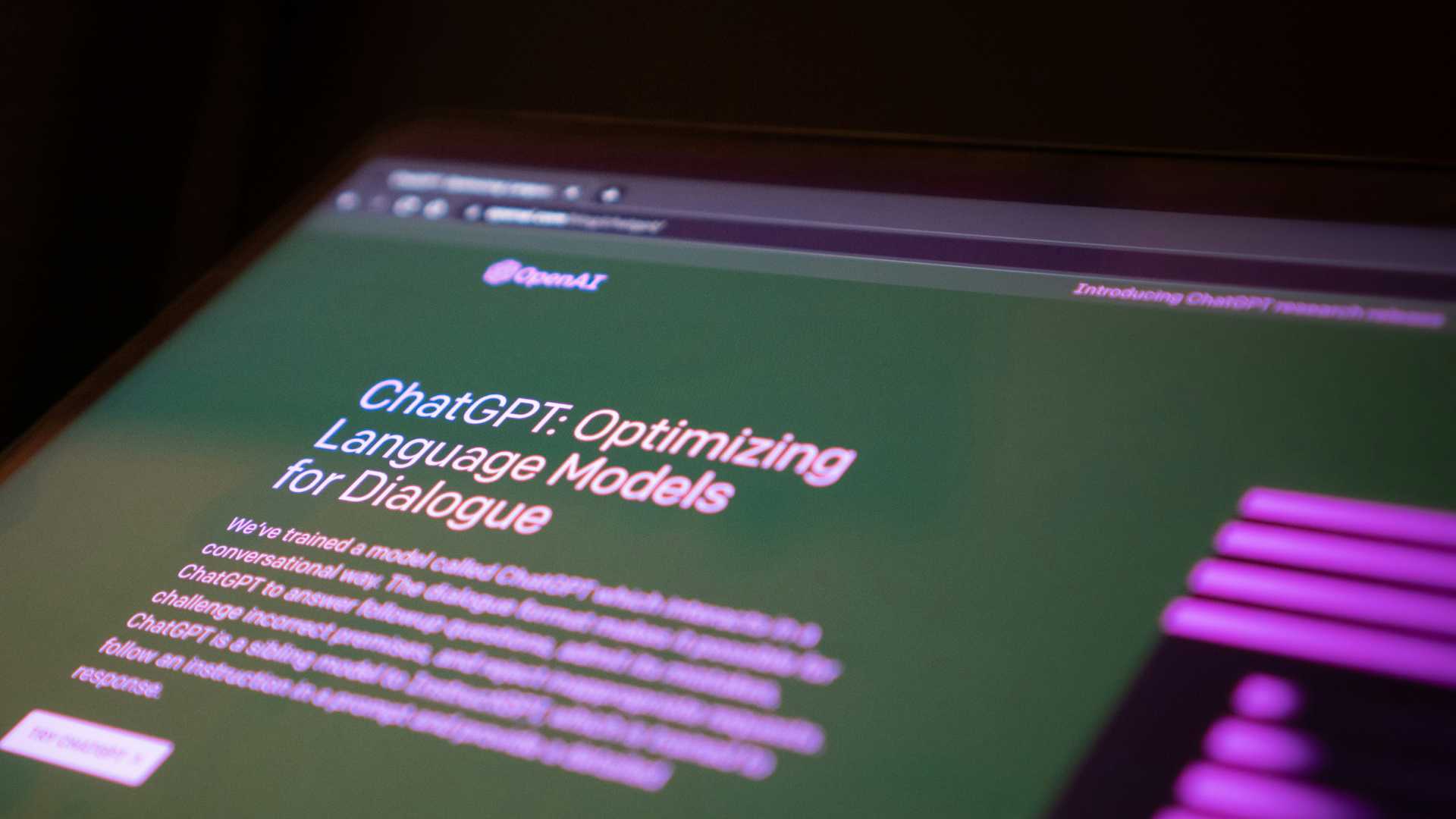
What are the risks of artificial intelligence? From privacy to security, from ethical dilemmas to work dislocation
Artificial intelligence and machine learning are incredible technologies with enormous potential and an ocean of use cases we have only explored. Like any invention that has the potential to disrupt the world, the introduction of artificial intelligence into our daily lives also carries risks. This aspect of AI started to emerge in 2022 after the launch of ChatGPT, one of the first AI models to go mainstream.
From job displacement—a phenomenon that describes the future disappearance of certain jobs—to concerns about privacy and security and ethical and social dilemmas that, to date, have only been partially addressed, let us see what the main risks of artificial intelligence are.
The risks of artificial intelligence: machine learning vs deep learning
Before addressing the risks of artificial intelligence in detail, it may be useful to define the concept by specifying the main differences between the various models. First, we can start by defining the goal of artificial intelligence, which is to develop ‘machines’ with machine learning and adaptive capabilities inspired by human learning models.
However, the term artificial intelligence (AI) is often associated with concepts such as deep learning and machine learning (ML), which are considered synonymous even though they actually differ. Machine learning is a sub-area of AI that focuses on developing algorithms that allow computers to learn from data and improve their performance over time without being explicitly programmed for each specific task. ML uses statistics to enable machines to ‘learn’ from data, identifying patterns and making decisions based on past examples.
Deep Learning, on the other hand, is a more specific subset of machine learning that uses neural networks to learn from data. ChatGPT and Gemini (Google’s AI), are good examples of working deep learning models, albeit still embryonic when considering the potential of this technology.
Finally, before addressing the risks associated with artificial intelligence, we can define the main theories related to it, which are very useful in distinguishing the two most widespread types of AI:
- Artificial solid intelligence: theory according to which machines will be able to develop self-awareness and thus replicate human intelligence;
- Weak Artificial Intelligence: theory according to which it is possible to develop machines capable of solving specific problems without being aware of the activities performed.
Artificial intelligence has also found new applications in the cryptocurrency sector in recent years, with numerous innovative projects created to combine the best of these two cutting-edge technologies. On our exchange, you will find a selection of AI cryptos and a Custom Money Box that allows you to buy the four most promising ones in this segment regularly.
Find out now!
The risks of artificial intelligence
Now that we have more precisely defined the concepts that make up AI, we can dive headlong into the central topic of this article, answering the question: What are the risks associated with artificial intelligence? It will be necessary to summarise, although each paragraph in this article should be explored in greater depth in a dedicated article.
- Privacy issues
AI technologies and most social media collect and analyse large amounts of personal data, making privacy an ever-present issue. This issue became even more relevant after the arrest of Telegram CEO Pavel Durov.
Artificial intelligence is also involved in these concerns. However, privacy management varies greatly depending on the legal jurisdiction. For example, European regulations are much stricter than those in the United States and place greater emphasis on the protection of personal data and the rights of individuals.
- Ethical and Moral Dilemmas
The discourse on the ethics of AI systems, especially in decision-making contexts that can have significant consequences, is very complex and convoluted. The main difficulty here lies in translating ethical principles, often subjective and culturally variable, into rules and algorithms that can guide machine behaviour.
Researchers and developers must give the highest priority to the ethical implications of this technology, not only to prevent potential harm but also to ensure that AI operates in a manner consistent with society’s fundamental values. This requires a constant effort to balance technological innovation and social responsibility.
- Safety Risks
In recent years, after artificial intelligence has become mainstream, the security risks associated with its use have risen sharply. Hackers and other malicious actors can exploit AI models to conduct increasingly sophisticated cyber attacks, circumvent existing security measures and exploit system vulnerabilities, putting critical infrastructure and sensitive data at risk.
To mitigate these risks, governments and organisations must develop rigorous best practices for the secure implementation of AI. These concerns not only the adoption of advanced security measures but also the promotion of international cooperation to establish global standards and regulations, which is necessary for many experts in the field. In short, only through a coordinated and proactive approach will it be possible to effectively protect society from security threats arising from the misuse of AI.
- Labour displacement
Another risk attributed to artificial intelligence is job displacement, which has the potential to cause significant job losses in several sectors, particularly affecting less skilled workers. Although, according to various research, artificial intelligence and other emerging technologies will be able to create more jobs than they eliminate, the transition will only be difficult. As AI technologies continue to develop and become more efficient, it becomes crucial for the workforce to adapt quickly to these changes.
To remain competitive in a changing landscape, workers need to acquire new skills, with a particular focus on digital and technological skills. This is particularly important for lower-skilled workers, who risk being more vulnerable to dislocation caused by automation. Therefore, retraining and lifelong learning become essential to ensure that the workforce can integrate with, rather than be replaced by, new technologies. Public policies and educational initiatives must support this transition process, providing the necessary tools for workers to adapt and thrive in the AI era.
- Disinformation and fake news
Finally, the last risk of artificial intelligence we address in this article concerns fake content generated by this technology, such as deepfakes. Creating this content will make it increasingly easy to deceive even experienced observers, fuelling misinformation and undermining trust in information sources. Combating AI-generated disinformation is essential to preserve the integrity of information in the digital age and to protect the democratic fabric of societies.
A Stanford University study highlighted the urgent dangers of AI in this context, stating that “AI systems are being used in the service of disinformation on the Internet, with the potential to become a threat to democracy and a tool for fascism.” Tools such as deep fake videos and online bots, which manipulate public discourse by simulating consensus and spreading fake news, can harm society in various ways.
These are just some of the risks associated with artificial intelligence and its growing impact on our daily lives, but there are many more to consider. For example, there is a concentration of power in the hands of a few large companies and an increasing dependence on tools based on this technology. Without bordering on science fiction, these problems require attention and concrete solutions. However, it is worth pointing out that AI’s opportunities are sufficiently promising to justify continued investment and development, making the balance between costs and benefits positive overall.




